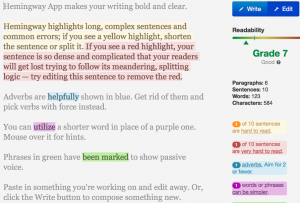I’m taking my time over this because I want to get a storage system that suits me best and that suits me enough that I can forget about it for years and years and years. Right now, I suspect that it’s going to involve a Transporter and I am so taken with this product range that I want you to know about them too.
Oh, does that not sound like a sales pitch? Seriously, I won’t get any money for you buying one – wait, hang on, I can change that just a teeny bit. If you bought a Transporter drive through these links to Amazon UK or Amazon US, I would be quids in. Or pennies, really. But pennies-in isn’t a phrase. And anyway, I think I’m more likely to directly profit from this if someone who really likes me sees this sometime nearer Christmas.
So.
Transporter by a firm called Connected Data (here’s the official site) is like having your own personal cloud. Just as an aside, isn’t that still a deeply strange kind of sentence? But it’s true. Where I currently use Backblaze to backup our Macs to their servers somewhere in the world and I currently use the hell out of Dropbox for getting me quick access to my files wherever I am, I could use a Transporter. It would work exactly the same. But instead of my documents being on Backblaze’s servers or on Dropbox’s servers, they’d be on mine.
And unlike Backblaze and Dropbox and all there rest, there wouldn’t be any monthly charges. Buy a Transporter and you’re done.
It’s not so much the lack of ongoing fees that I think is appealing, it’s the convenience and maybe the security of it all. Intellectually I do like that it’s got to be more secure having your own cloud than using everyone else’s but in practice I’m probably not that fussed. Since I do have our Macs backed up online all the time, the problem I really want to solve is that I have a lot of data. A lot. I’m writing to you from a 3Tb iMac and it is near-as-dammit full.
Computers slow down dramatically when the drive is full and I am seeing that even with this fairly new iMac. So the idea of having a Transporter in the loft or at my sister-in-law’s house and keeping all my films and music on there, that appeals. It appeals so much that I’m not sure why I haven’t already done it or at least tried out one Transporter.
I think you should try one. In the UK, you can buy a 1Tb Transporter today for £188.12 and in the States it’s $259.99. Spend that, plug it in somewhere, off you go to the races and back again.
I suspect my hesitation is that I would need a lot more than 1Tb to make this worthwhile. Connected Data sells a 2Tb version and it also sells a no-terabyte version: an empty Transporter shell into which you can add a drive of any capacity you can find, if it’ll fit. So the odds are that I could fit a 3Tb drive fairly easily. I’m just not sure that 3Tb is enough either.
Then the same firm does a device called a Transporter Sync which gives you all of this connected cloud lark but I believe does it to any drive you can connected to it by USB. I’m not very clear on the differences, but I’m pondering.
There. This started out sounding like a sales pitch and now it’s more of a sales plea: if you use one of these things, what do you think of it? And how useful is the 1Tb storage?

